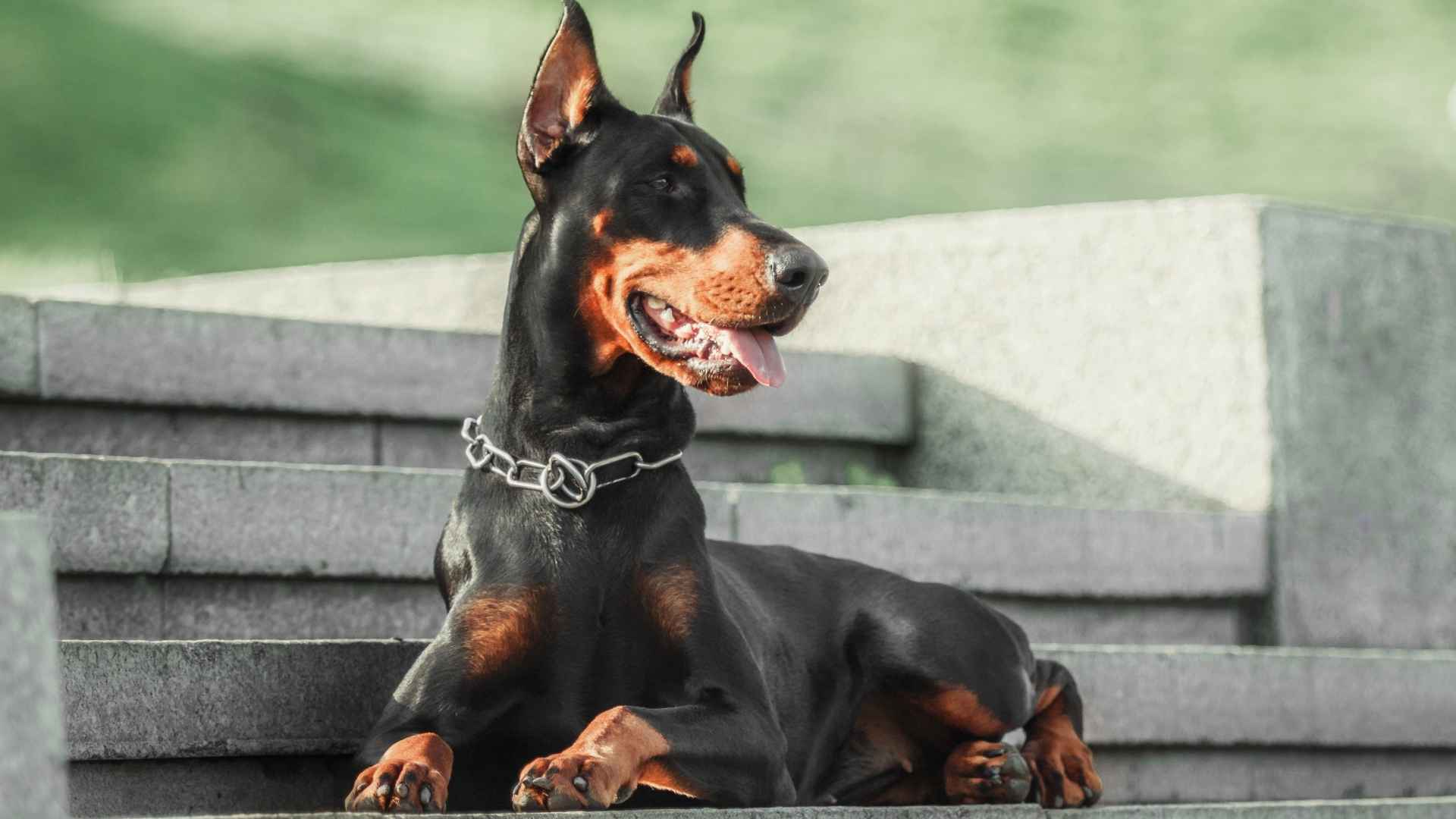The world divides dogs into FOLLOWERS and LEADERS, and the confident breeds definitely fall into the second category.
What makes certain dogs so naturally self-assured while others seem perpetually uncertain? For these seven remarkable breeds, confidence comes built-in, shaped by generations of careful breeding for independence, intelligence, and courage.
These dogs don’t just exist in a space—they own it. Their unwavering self-assurance makes them exceptional companions for owners who value decisiveness and resilience in their four-legged friends.
Whether working as service animals or simply being family pets, confident dogs bring something special to every situation they encounter. Let’s meet the breeds that face life with their heads high and tails wagging confidently.
Confident Dog Breeds
1. German Shepherd
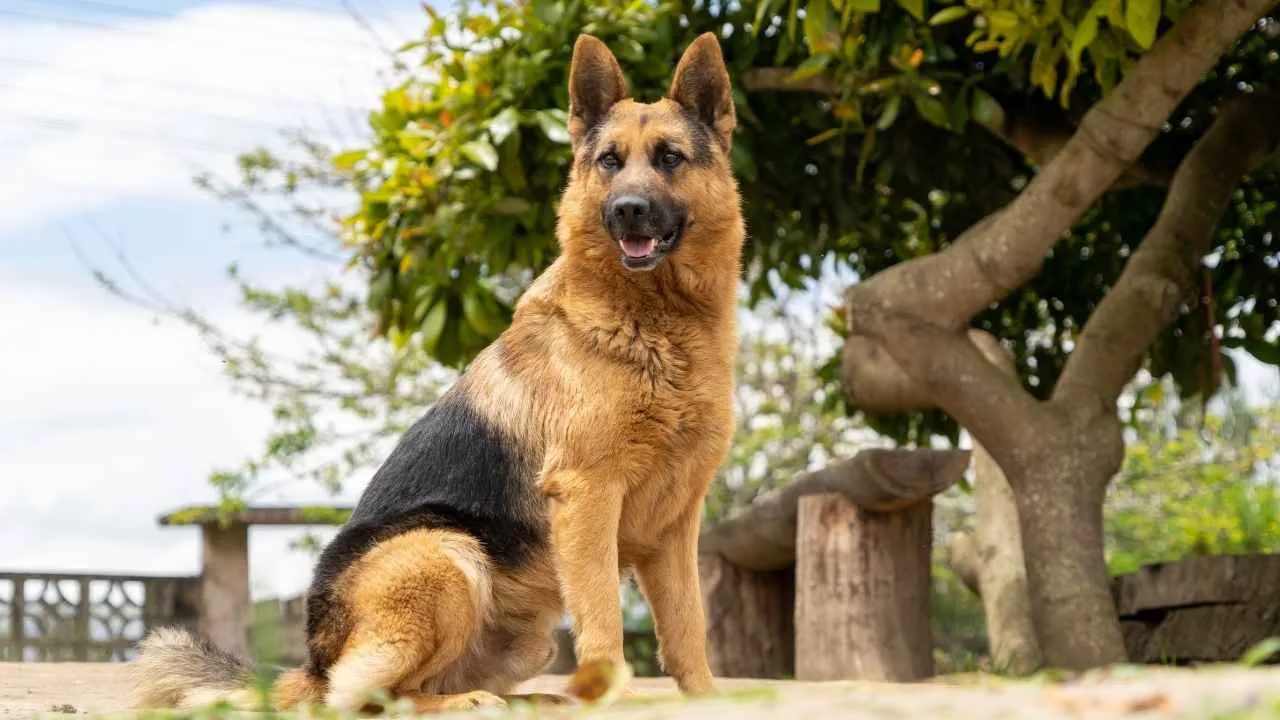
German Shepherds were developed in late 19th-century Germany with a clear vision: create the ideal herding dog with intense focus, courage, and trainability. What makes them stand out is their ability to remain composed in unpredictable environments.
Whether they’re navigating a busy train station as a police K9 or controlling livestock in open fields, their calm assertiveness stems from purposeful breeding—not just temperament.
What’s also unique is their “nerve strength”—a term used in working dog circles to describe a dog’s ability to stay mentally stable in high-stress scenarios.
Confidence Comes from Mental Engagement
German Shepherds have functional intelligence. They’re wired to assess, act, and problem-solve. That’s why military and police units worldwide use them not just for obedience, but for critical tasks like explosive detection, search and rescue, and patrol.
Without regular mental stimulation, these dogs may seem edgy or overly intense, not because they’re anxious, but because they’re underutilized. Puzzle toys, detection games, advanced obedience drills, or sport work (like Schutzhund) all allow them to tap into their cognitive strengths and remain centered.
Confidence in a Social Setting
German Shepherds do best when raised in a steady family environment where their natural protective instincts are guided, not suppressed. They’re not instantly friendly with strangers—and that’s by design. But once bonded, they’re loyal and poised, often acting as quiet overseers of the household.
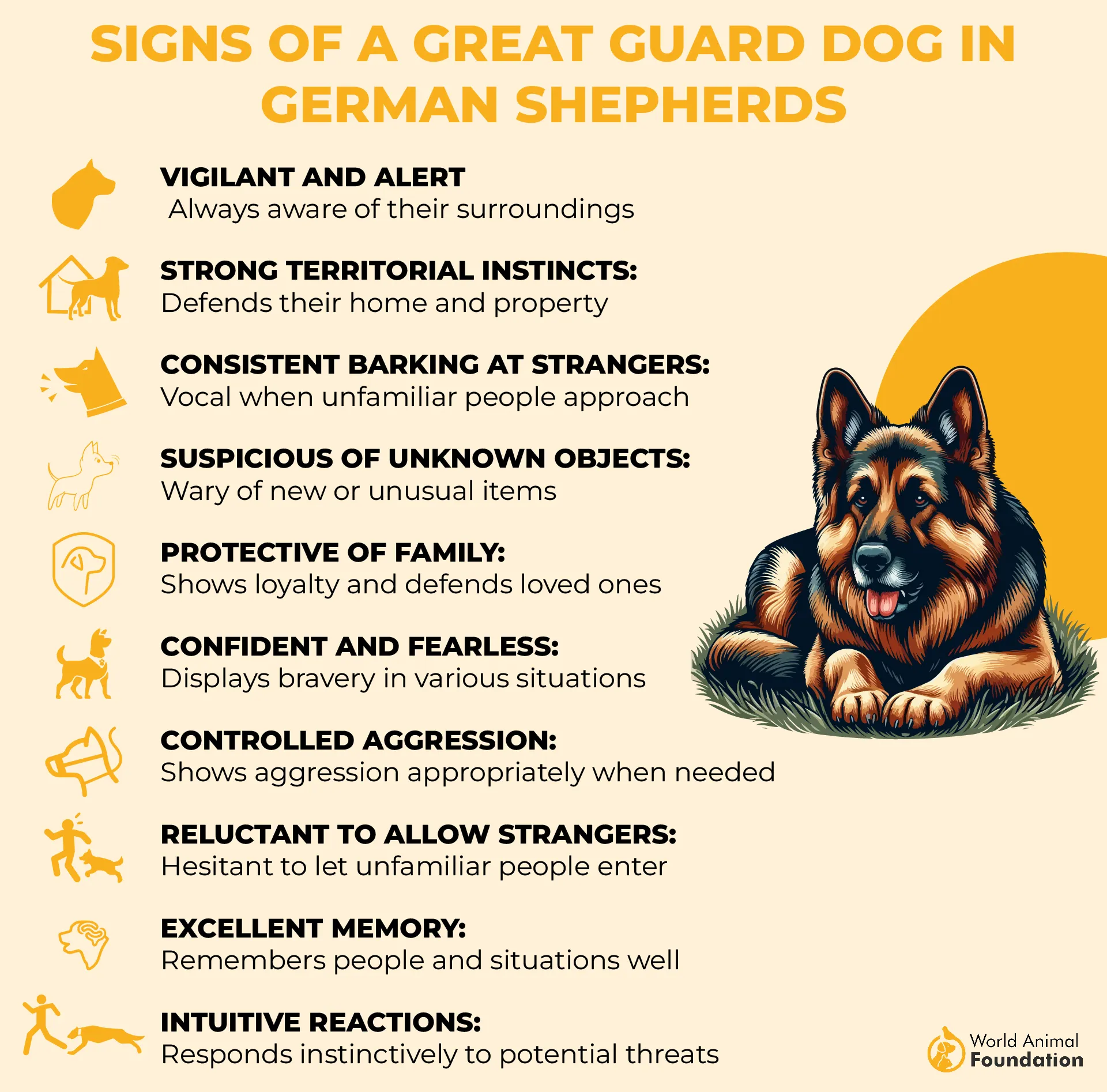
When properly socialized from a young age, they coexist well with other canines, especially if boundaries are clear. That said, many GSDs prefer structured interaction over rough play. Their confidence isn’t loud—it’s composed.
2. Poodle

Originally bred as water retrievers in Germany, not France, as many assume, Poodles were designed to work alongside hunters in physically demanding conditions.
That meant they needed more than just stamina; they had to make decisions, handle distractions, and maintain focus in fast-moving environments. That deep-rooted working confidence still lives on in today’s Poodles—whether Standard, Miniature, or Toy.
Confidence Through Mental Challenge
According to All Poodle Info, Poodles have one of the highest canine IQs, not in a trivial trick-learning way, but in their ability to solve problems, learn patterns, and interpret their human’s mood.
Their confidence shines when they’re challenged intellectually. Give them scent games, memory tasks, or trick training that builds in layers, and they light up.
Emotional Balance in Social Spaces
Poodles have an almost uncanny emotional awareness, which plays a big role in their social confidence. They’re not easily rattled by unfamiliar places or people. In fact, they often take the lead in unfamiliar settings, not through dominance, but through curiosity and composure.
With other animals, Poodles tend to do remarkably well, especially when socialized early. Their body language tends to be readable, which makes their interactions smoother—even in multi-pet households.
3. Rottweiler
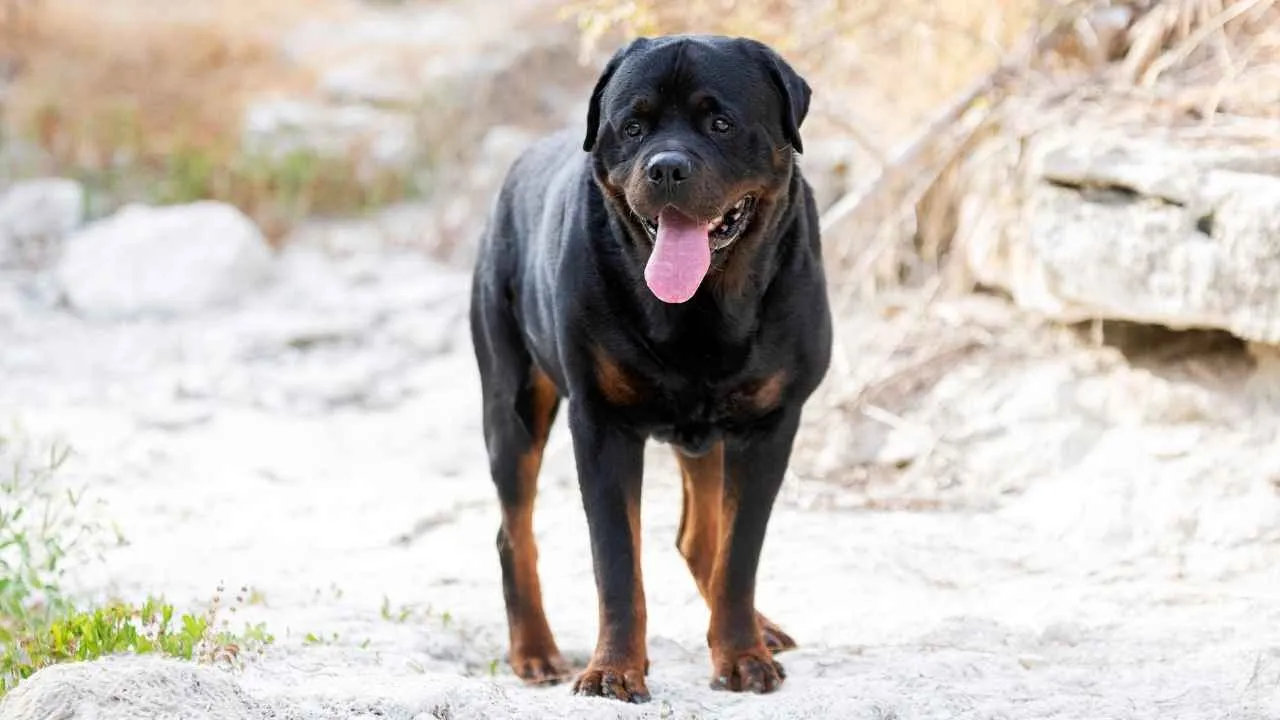
Rottweilers belong to the working group and are believed to descend from mastiffs used by ancient Romans to herd and guard livestock. That ancient lineage shows—they’ve always had jobs that required independence and judgment. This makes them incredibly self-assured, especially when given structure and purpose.
Despite their imposing look, most Rottweilers aren’t loud or reactive. They’re known for being calm, observant, and grounded. They don’t overreact to chaos around them. Instead, they assess their environment and respond when it really counts, traits that reflect deep, stable confidence.
Personalities That Vary—but a Core of Composure
According to PetMD, their temperament can vary significantly; some are goofy and affectionate with everyone, while others form deep bonds with just one person.
But even with that variation, one thing stays consistent: Rottweilers tend to carry themselves with a sense of calm purpose. They’re not frantic or needy. They prefer to stay close and quietly track their humans’ movements through the house, showing both devotion and self-regulation.
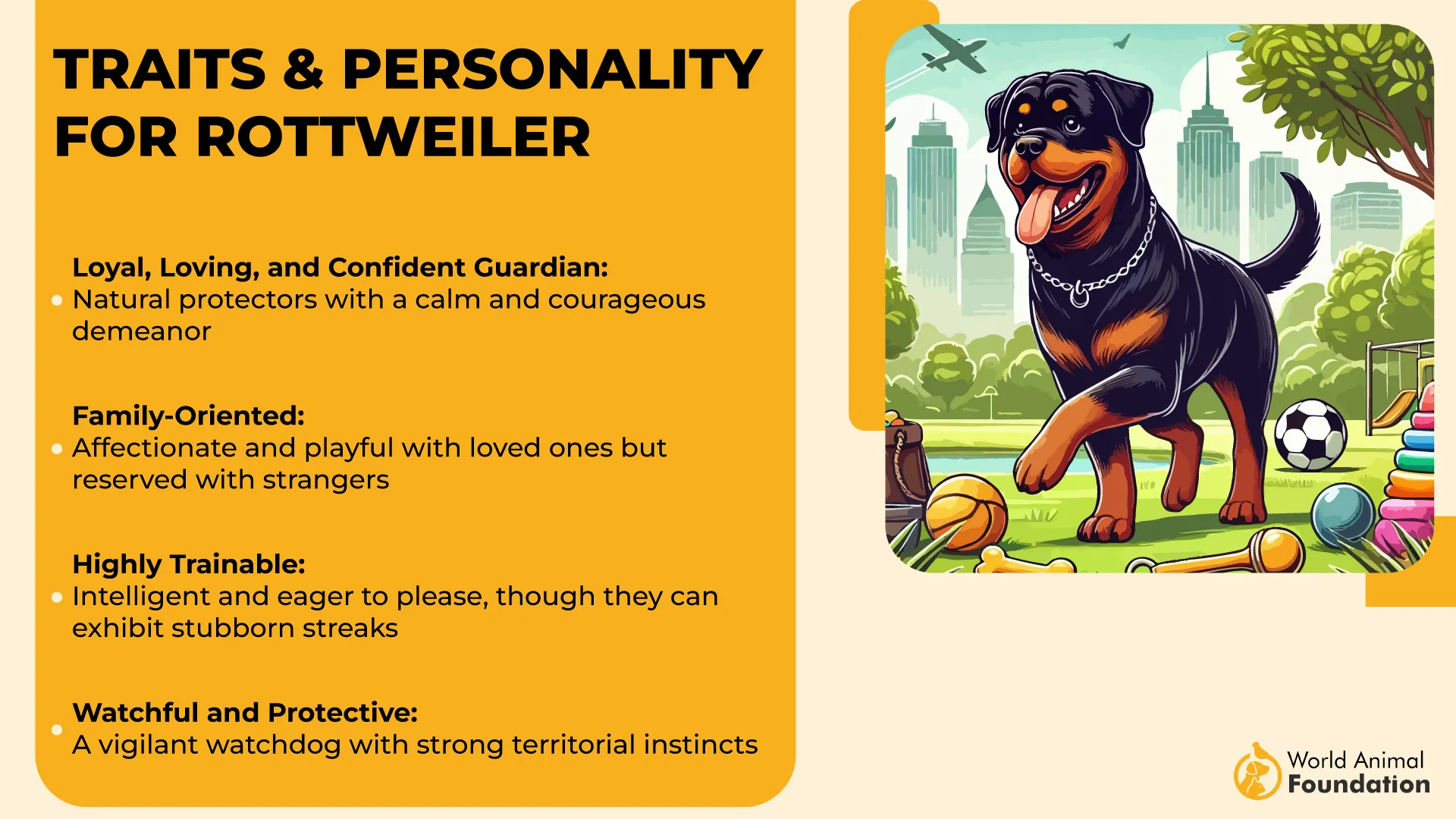
Emotionally Grounded, Not Overstimulated
One of the most underrated aspects of the Rottweiler’s confidence is how gentle and quiet they can be. They don’t need to bark for attention or act out for stimulation.
They’re emotionally steady and often quite reserved in new settings, preferring to observe first. It’s this measured energy that makes their confidence feel so rooted and unshakable.
4. Doberman Pinscher
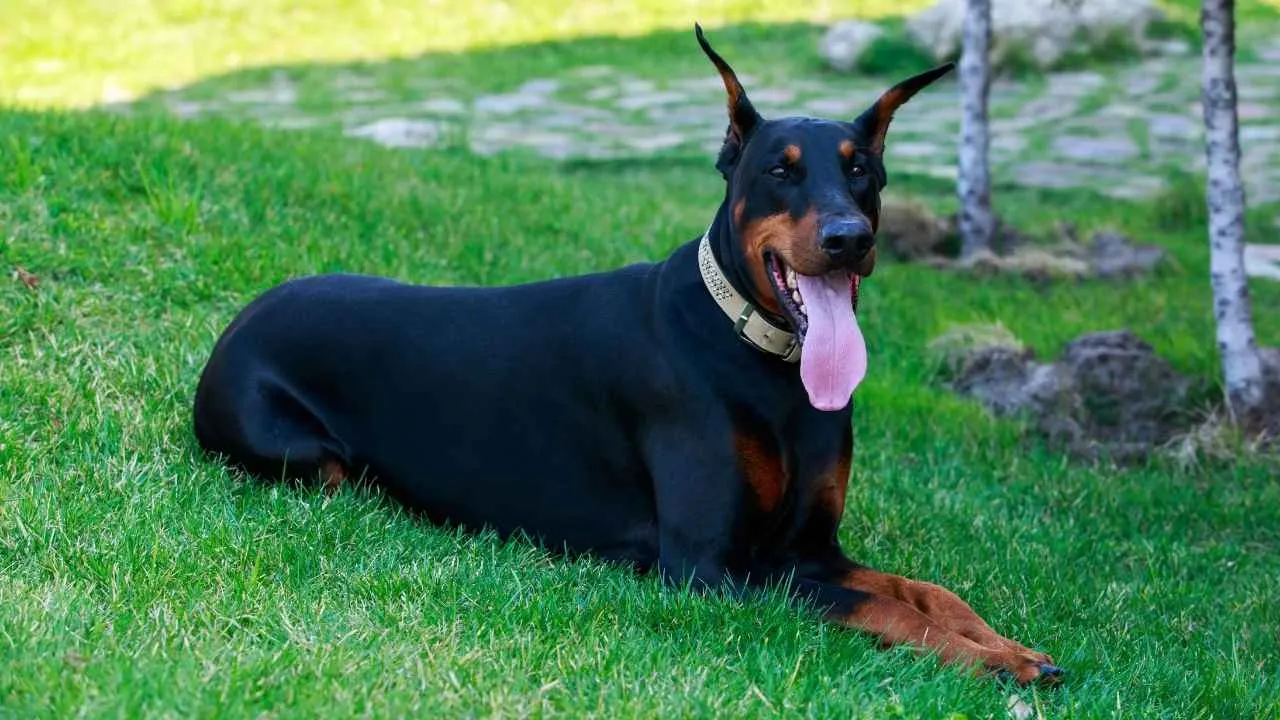
Dobermans were originally developed in Germany in the late 19th century by tax collector Louis Dobermann, who needed a dog that was loyal, fearless, and capable of protection.
This foundation is a key reason behind the Doberman’s confident nature today, they were literally bred to be bold, decisive, and trustworthy in unpredictable situations.
Confidence Through Intelligence and Structure
Dobermans are known for being incredibly smart, so smart that they often outthink their owners if not given consistent structure, as Information at Dobermann stated.
They thrive on clear boundaries, routine, and tasks that engage both body and mind. When given that, they walk through life with a strong sense of purpose. Without it, they can become anxious or overly dominant.
Presence Without Neediness
One of the more nuanced aspects of a Doberman is its independence. They’re devoted to their people, but they don’t need constant reassurance or attention. They’re comfortable being near you, quietly keeping watch, without demanding affection every second.
This self-assured presence is one of the traits that makes them such reliable working dogs, be it in protection, search and rescue, or therapy. That said, they’re also highly intuitive and emotionally intelligent.
5. American Pit Bull Terrier

Historically developed for bull-baiting and later farm work and companionship, APBTs are used to being put in challenging roles. That grit translates into a dog that doesn’t back down from obstacles but also doesn’t act out unless truly provoked.
They approach the world with bold curiosity and have an impressively high pain tolerance—traits that, while often physical, also mirror a steady temperament under pressure.
When raised in a loving and structured environment, they carry themselves with a cool-headed composure that many mistake for dominance, but it’s really just quiet confidence.
Confidence Anchored in Human Connection
Unlike aloof or independent breeds, APBTs are people-focused to their core. They thrive on human engagement and often have an almost comedic eagerness to please.
A Pit Bull that knows its human has their back becomes almost unshakable. This deep connection gives them the emotional security to handle new people, loud environments, or changes in routine without panic or fear.
Body Language That Matches the Mindset
From a physical standpoint, Pit Bulls hold themselves like athletes: squared shoulders, low center of gravity, and fluid movement.
Even in play, there’s control in how they move. Their posture isn’t puffed up—it’s balanced. That balance, both physical and emotional, is what makes them so stable under pressure and so successful in therapy work, obedience sports, and even search-and-rescue roles when properly trained.
6. Labrador Retriever
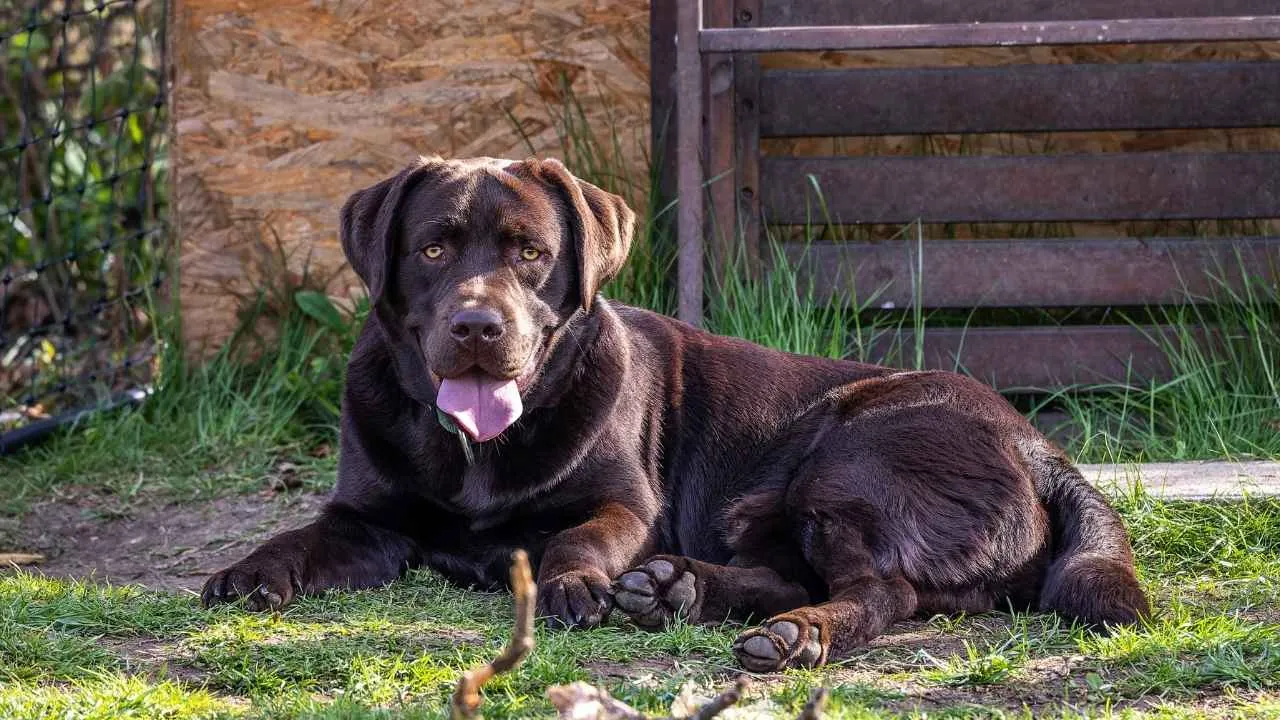
Labs were bred in Newfoundland to retrieve nets and fish from icy waters—an intense job that required independent decision-making, physical endurance, and trust in their handlers. This legacy created a dog that doesn’t hesitate in unfamiliar situations, especially when there’s a task to complete.
Whether it’s fetching a ball, assisting a person with a disability, or working as a detection dog, a Lab approaches it with grounded enthusiasm and quiet competence.
Emotional Intelligence in Action
Labrador has remarkable emotional intelligence. They’re highly attuned to human tone and body language and respond without anxiety. For example, a Lab won’t shut down if a command is repeated firmly. Instead, they reset and try again, showing resilience rather than fear-based hesitation.
They also handle interactions with other dogs well—rarely reactive and usually friendly, Labs know how to hold their space without creating tension. They read social cues quickly and are confident enough to walk away from conflict rather than escalate it.
Confidence in Consistency
Labs are creatures of habit in the best way. Give them a routine and a job, and they’ll show up for it with tail-wagging consistency. This dependable nature isn’t flashy, but it’s a deep-rooted form of self-assurance. They’re not second-guessing you or themselves—they trust the process and thrive within it.
7. Golden Retriever

This breed was developed in 19th-century Scotland to retrieve downed game over land and water. That meant a working Golden had to stay focused under pressure, navigate obstacles with independence, and return with the prize no matter what—skills that built not just intelligence, but confident problem-solving.
Why Goldens Are Considered Confident
Golden Retrievers are task-driven but never forceful. Whether it’s retrieving, obedience, or therapy work, they step into new situations with a calm, cooperative spirit.
That ease you see in a Golden around people, new places, or loud noises isn’t just friendliness—it’s emotional confidence rooted in predictability and self-control. They’re quick to read their handler’s mood and respond with precision.
Built for Social Challenges
Golden Retrievers are naturally equipped to handle social pressure without tension. Whether meeting strangers or encountering other dogs, Goldens typically stay relaxed and balanced.
They’re less likely to posture or act defensively because they simply don’t feel the need to. Their history as companions and working partners gave them a social fluency that reflects true inner security.
Conclusion
As we’ve explored these seven remarkable breeds, one thing becomes clear: true canine confidence isn’t about aggression or dominance; it’s about balance, intelligence, and emotional stability.
From puppyhood onward, these dogs display a natural self-assurance that helps them adapt to whatever life throws their way. They’re rarely afraid of new situations, but instead approach challenges with calm determination.
This confidence gives them a distinct advantage in everything from basic training to competitive dog sports. Even the simple act of walking on a leash becomes a demonstration of their poised nature. The respect these breeds earn comes not from intimidation but from their steady, dependable presence.
If you’re considering bringing one of these confident companions home, prepare for a relationship built on mutual trust and unwavering loyalty—qualities that make these breeds truly special.


